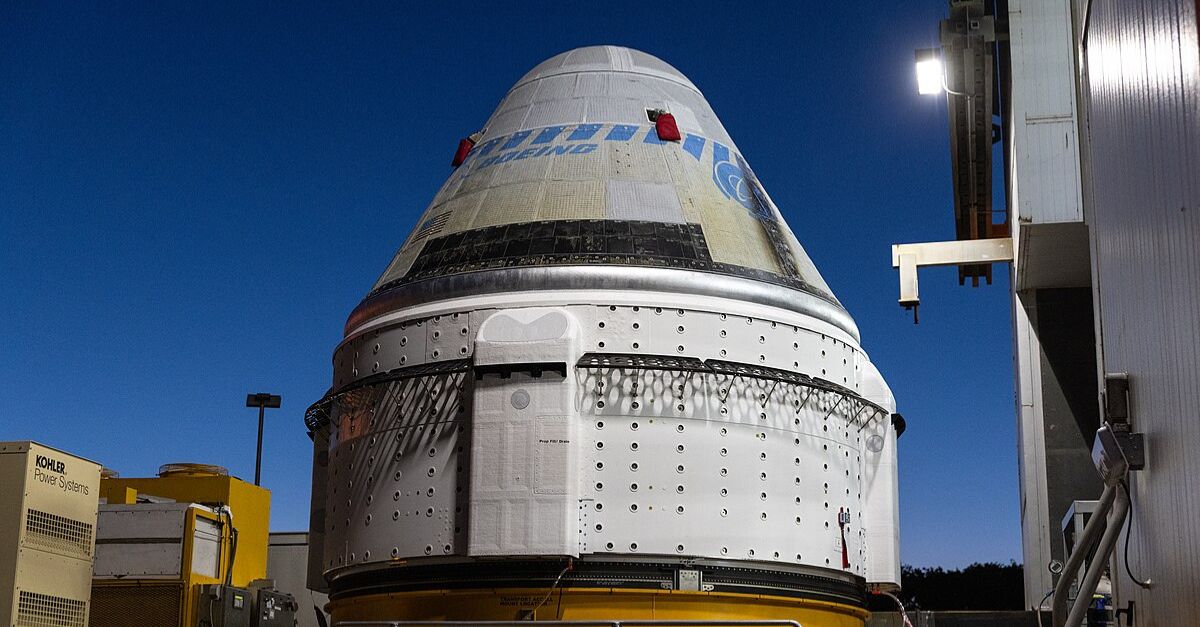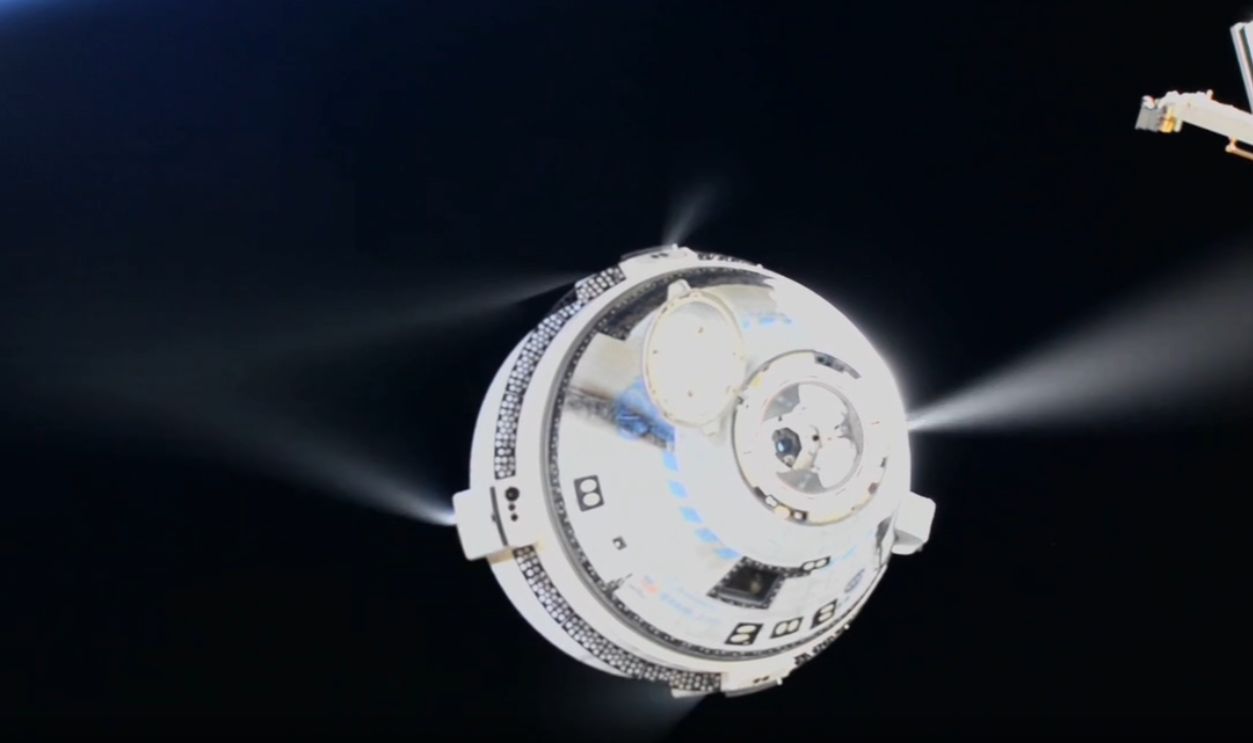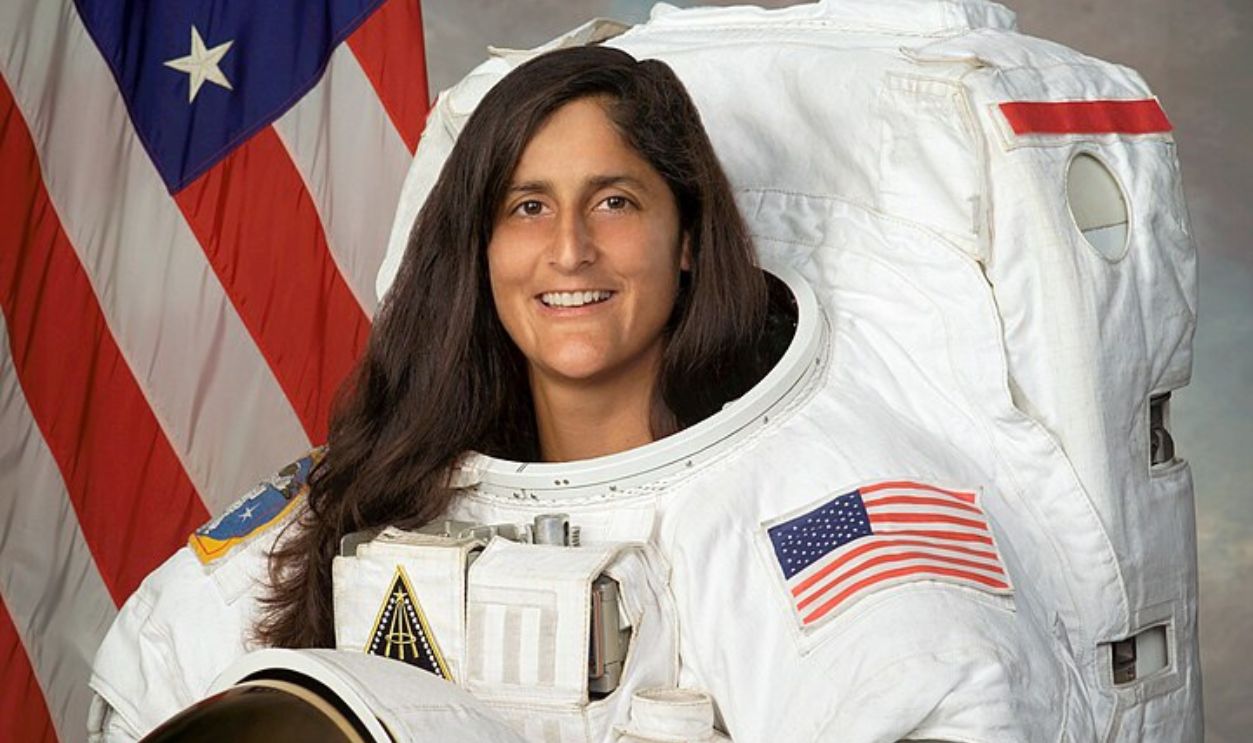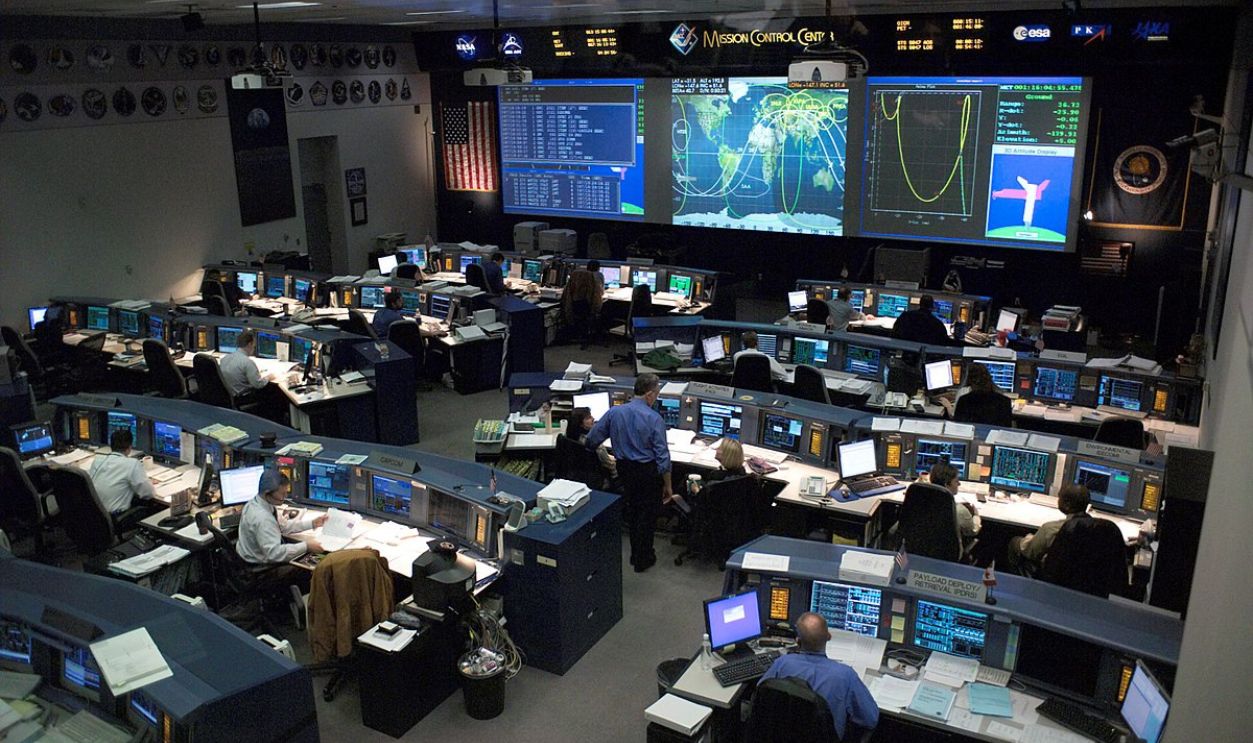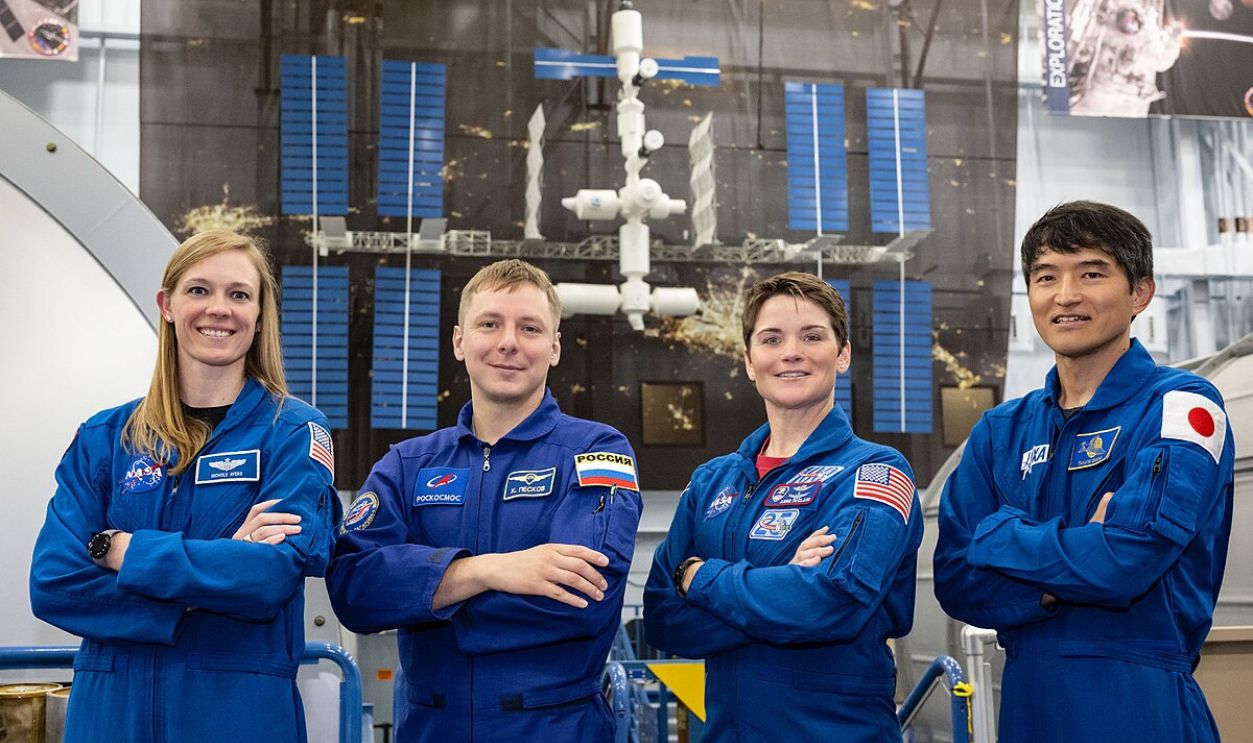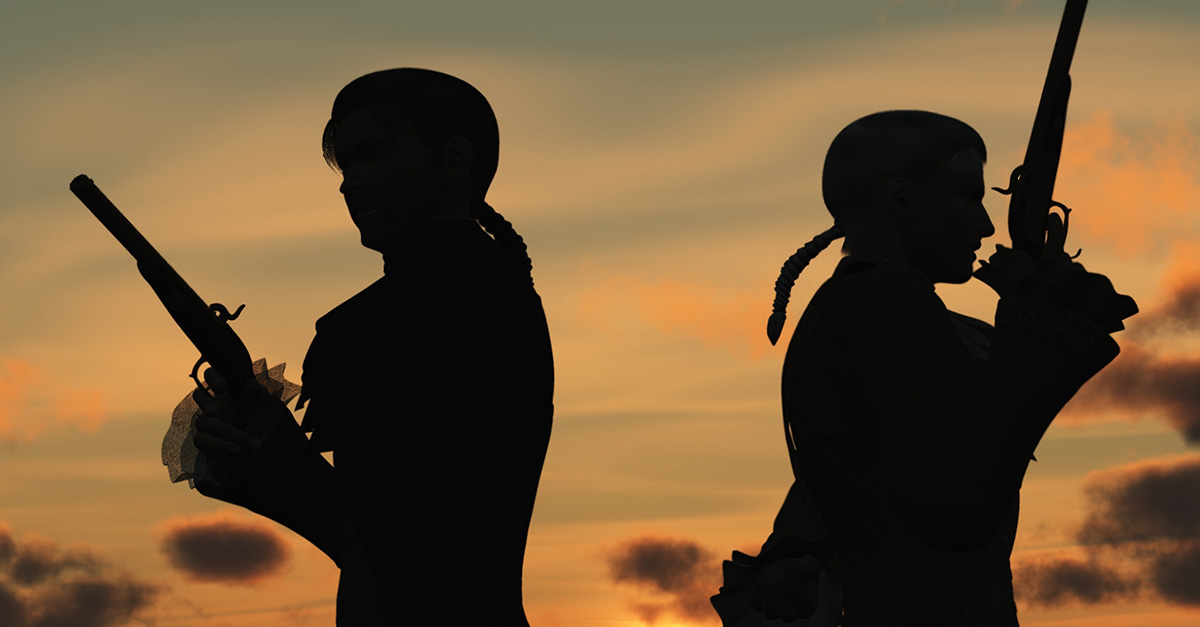An Eight-Day Trip To A One-Year Journey
For astronauts Sunita Williams and Butch Wilmore, a quick round-trip to the International Space Station turned into an epic endurance test thanks to unexpected technical setbacks. Stranded far above Earth, these two spacefarers are experiencing the challenges of prolonged space travel with courage and ingenuity.
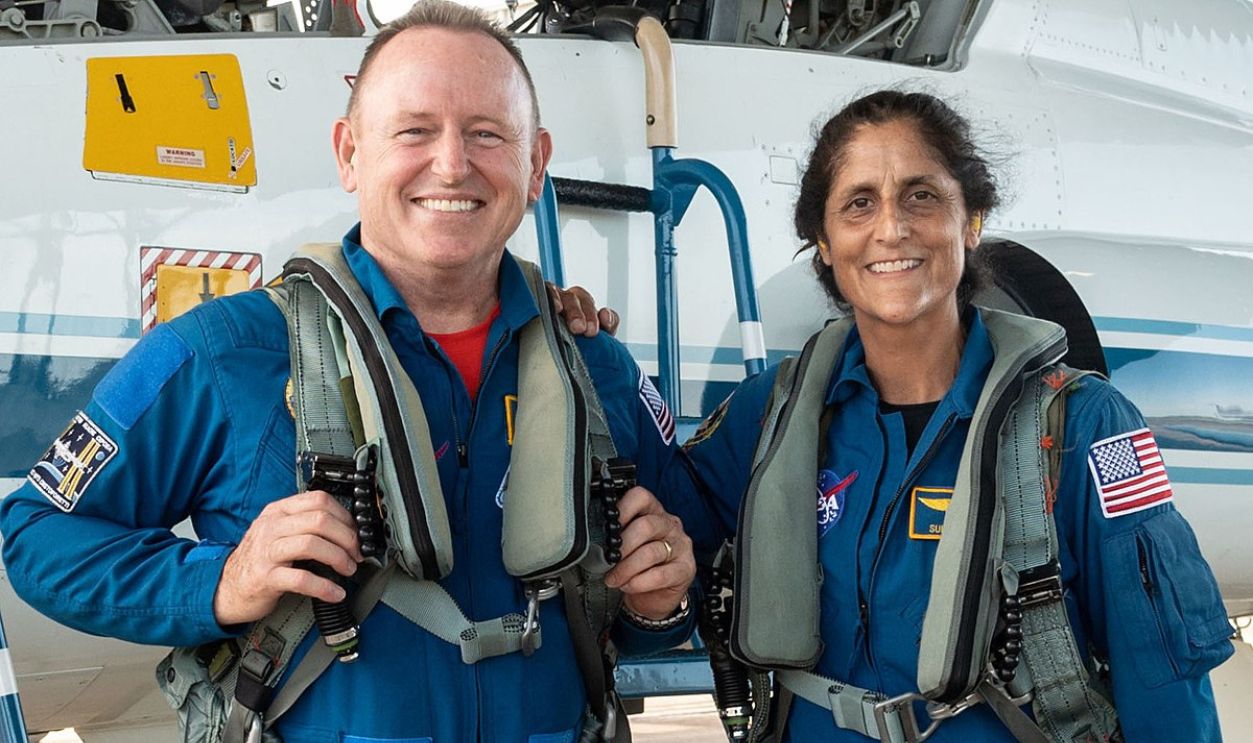
It Was Originally An Eight-Day Mission
In June 2024, NASA astronauts Sunita Williams and Butch Wilmore went on a routine mission to the International Space Station (ISS) aboard Boeing's spacecraft "Starliner". It was to last 8 days and sounded like a routine and easy task.
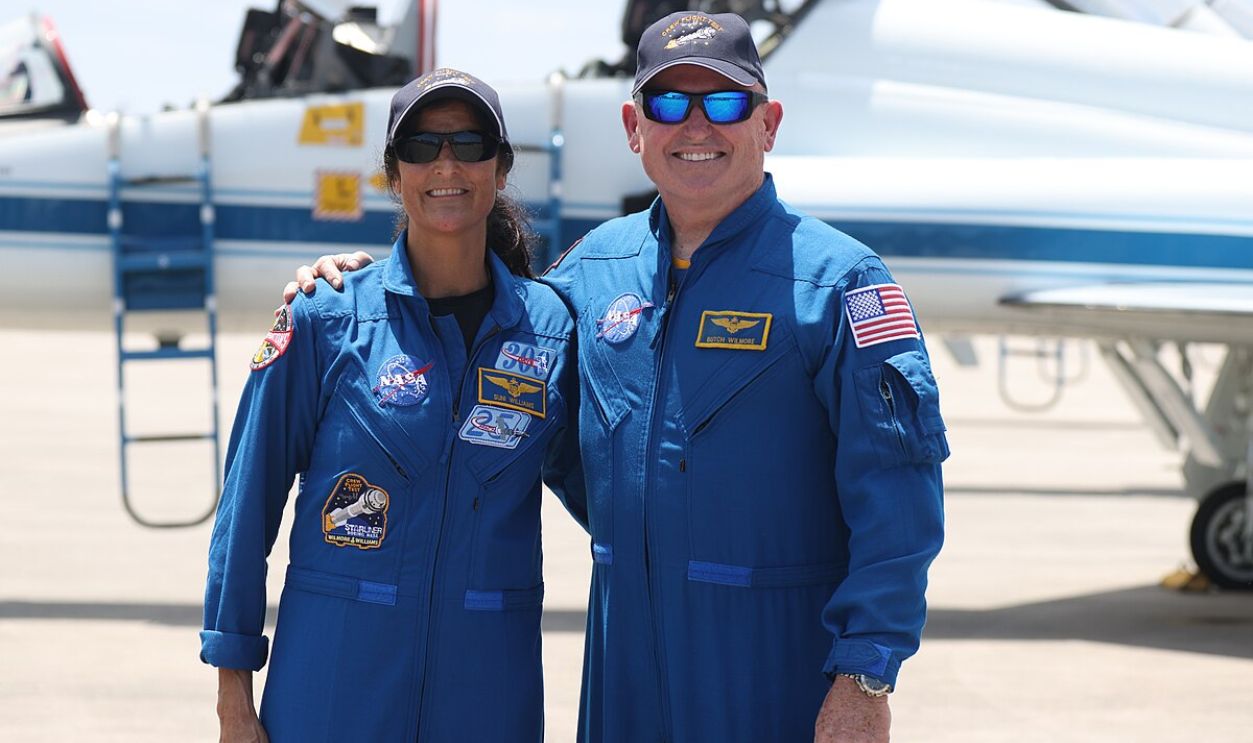 NASA Kennedy Space Center, NASA, Frank Michaux, Wikimedia Commons
NASA Kennedy Space Center, NASA, Frank Michaux, Wikimedia Commons
NASA Wanted To Test Its New Program
This mission was a critical test flight aimed at demonstrating Starliner's capability to transport crew to and from the ISS, a key milestone for NASA's Commercial Crew Program. It’s a new initiative where NASA partners with private companies to make space travel more accessible.
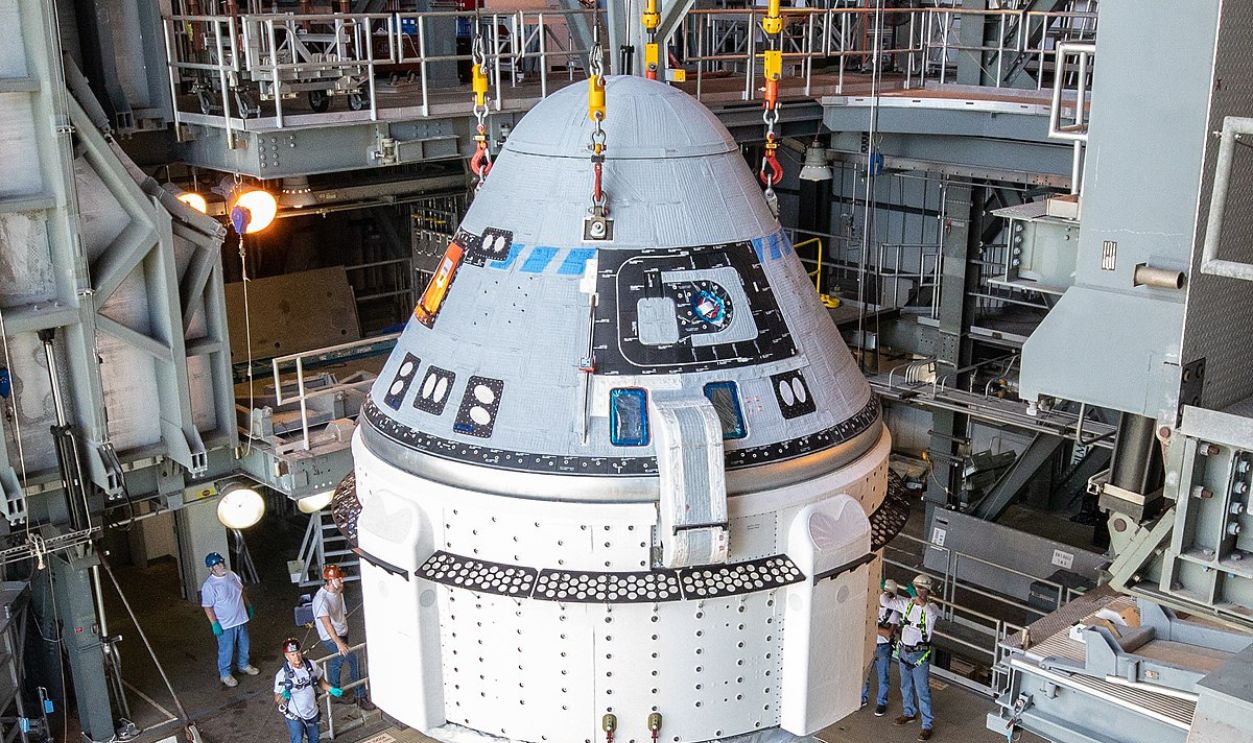 Cory Huston, Wikimedia Commons
Cory Huston, Wikimedia Commons
Choosing The Starliner
NASA's Commercial Crew Program was established to develop reliable and accessible travel to and from the International Space Station. As part of this initiative, NASA awarded contracts to both SpaceX and Boeing to develop crewed spacecraft. Both companies had different visions, so which one won the space race?
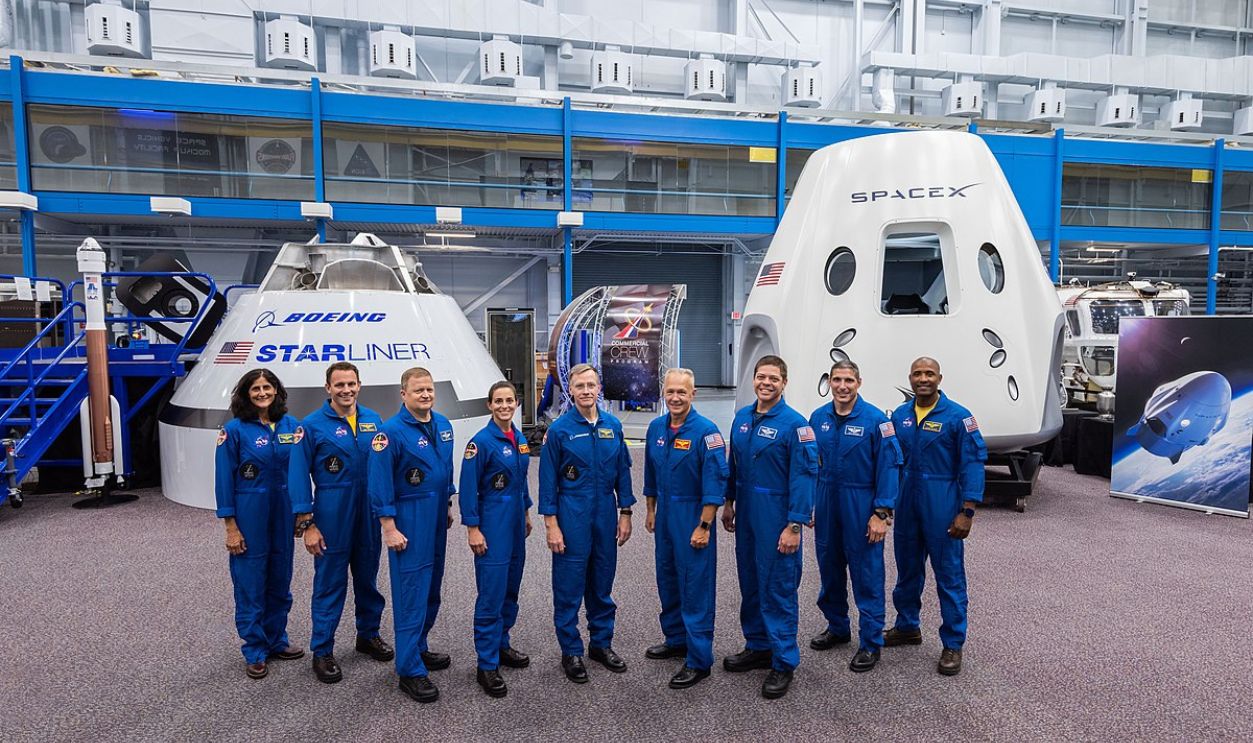 Robert Markowitz, Wikimedia Commons
Robert Markowitz, Wikimedia Commons
It Was Boeing
After comparing different offerings, NASA eventually chose the Starliner. Boeing's CST-100 Starliner was designed to accommodate up to seven travelers or a mix of crew and cargo. Its layout offers flexibility for various mission profiles, which made it the right choice for this trip.
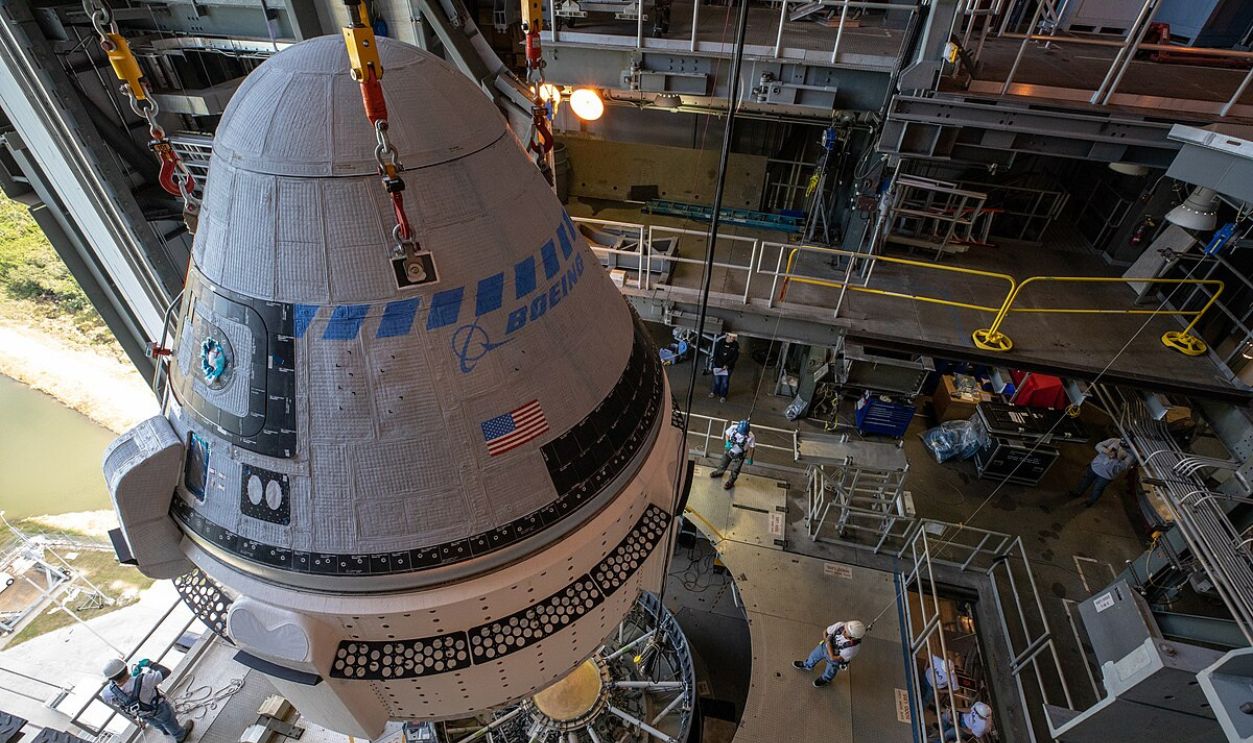 NASA, Cory Huston, Wikimedia Commons
NASA, Cory Huston, Wikimedia Commons
Because It Offered Durability And Safety
With commercial space travel on the horizon, safety for less-trained passengers is the number-one consideration. This spacecraft features a weldless structure to reduce weight and increase safety, and it is equipped with an innovative landing system that uses parachutes and airbags to ensure a smooth touchdown on solid ground.
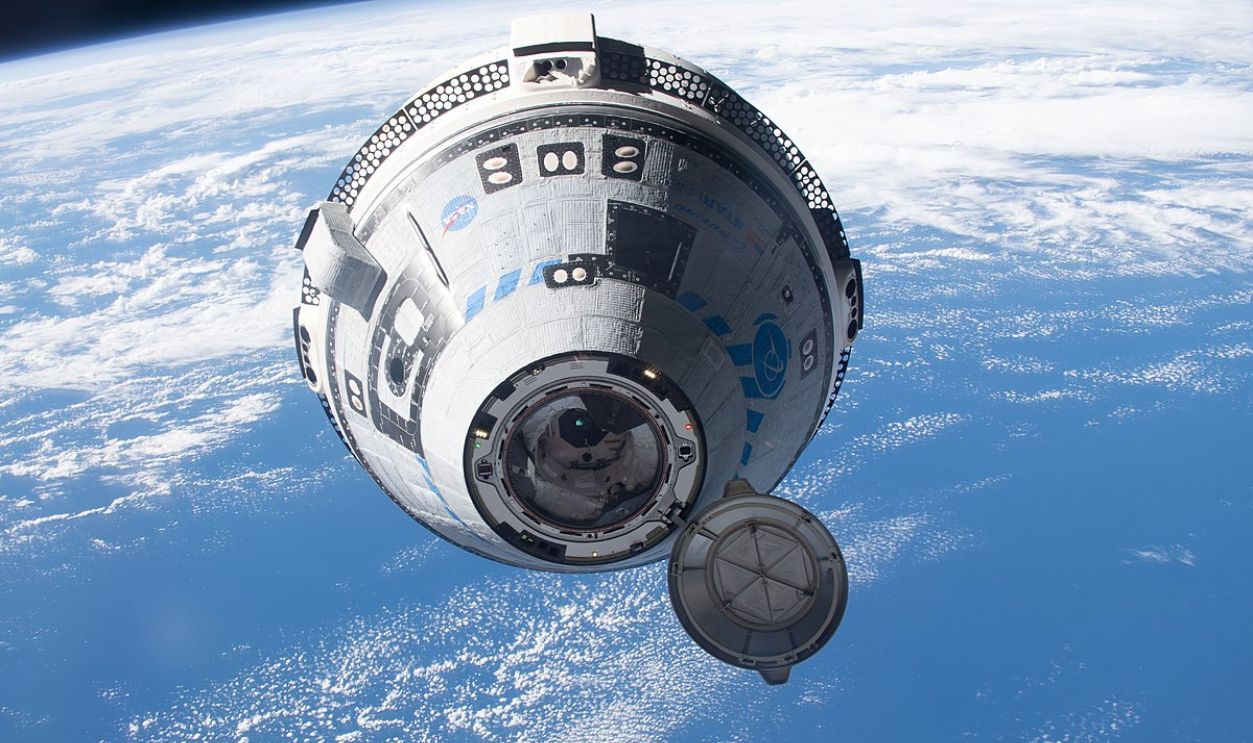 NASA, Johnson Space Center, Wikimedia Commons
NASA, Johnson Space Center, Wikimedia Commons
A Mission Was Announced
The June 2024 mission, carrying astronauts Suni Williams and Butch Wilmore, was intended as Starliner's first crewed test flight. The primary objective was to demonstrate the spacecraft's ability to safely transport astronauts to the ISS and return them to Earth, thereby certifying Starliner for regular operational missions.
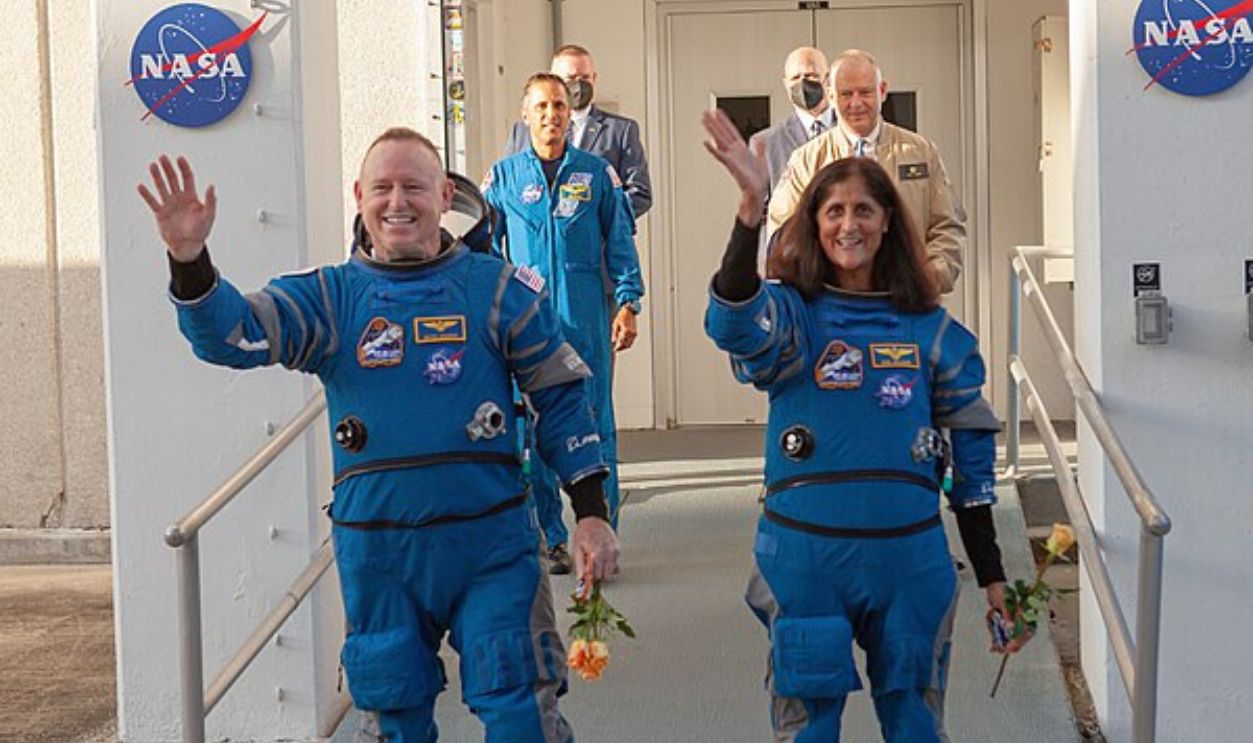 NASA Kennedy Space Center, NASA, Francisco Martin, Wikimedia Commons
NASA Kennedy Space Center, NASA, Francisco Martin, Wikimedia Commons
But It Didn’t Go As Planned
However, shortly after docking with the ISS, technical issues emerged. The Starliner capsule experienced helium leaks in its propulsion system and degraded thrusters, both essential components for safe re-entry into Earth's atmosphere. What did it mean for those in space?
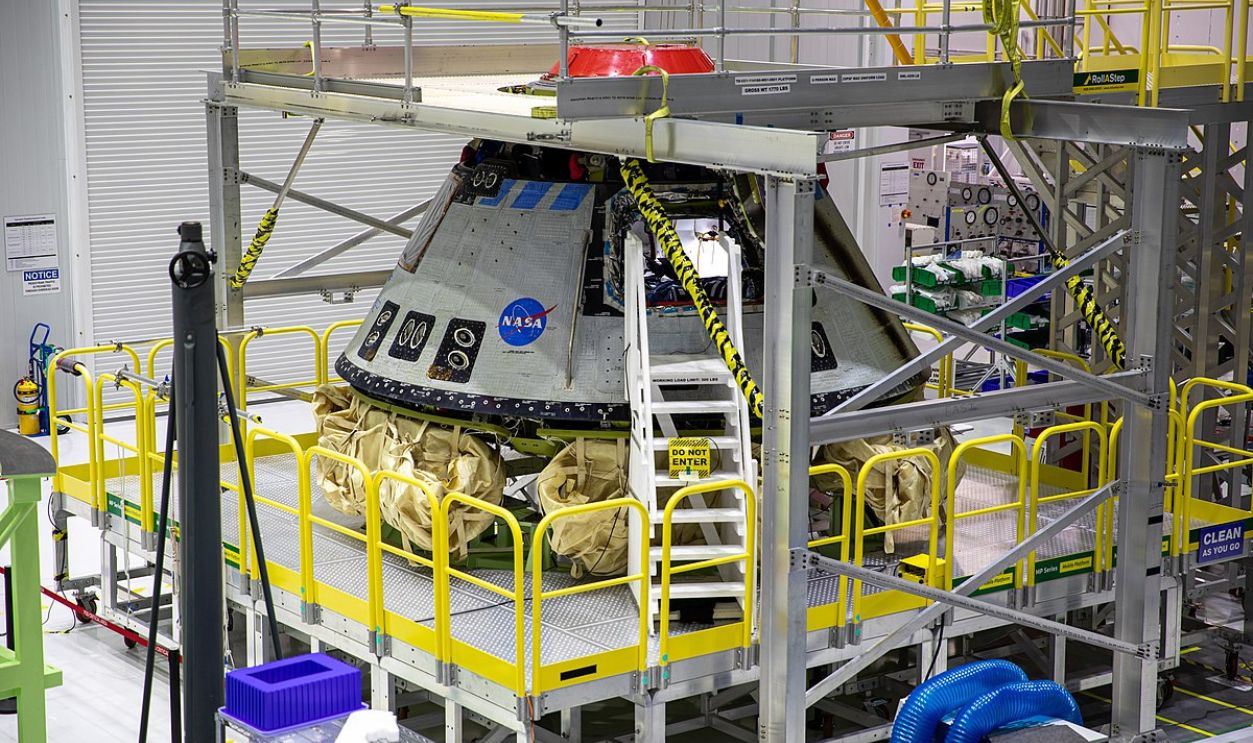 Frank Michaux, Wikimedia Commons
Frank Michaux, Wikimedia Commons
It Meant Trouble
Unfortunately, these malfunctions rendered the spacecraft unsafe for the astronauts' return journey. Consequently, NASA made the decision to extend Williams and Wilmore's stay on the ISS to transform their brief mission into an extended expedition that could last up to a year.
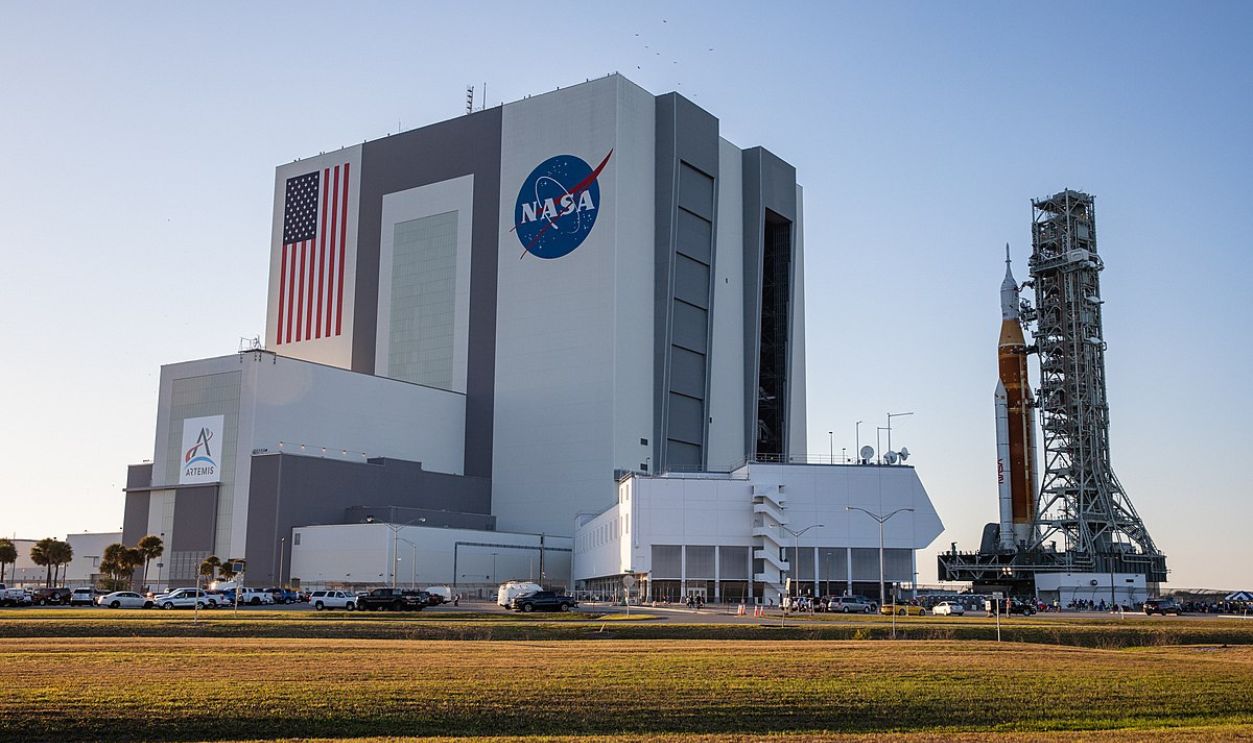 Kim Shiflett, Wikimedia Commons
Kim Shiflett, Wikimedia Commons
But Why Did It Happen?
The primary issues involved helium leaks within the propulsion system, which is responsible for maneuvering the spacecraft during its mission, and degraded thrusters needed for controlled re-entry and landing. NASA decided that bringing Williams and Wilmore home on Starliner was too risky.
Their Capsule Returned Empty
As a result, the capsule returned to Earth uncrewed on September 6, 2024. It couldn’t stay any longer on the ISS because it was blocking the only free port. At the same time, this allowed the engineers to conduct further analysis and address the malfunctions.
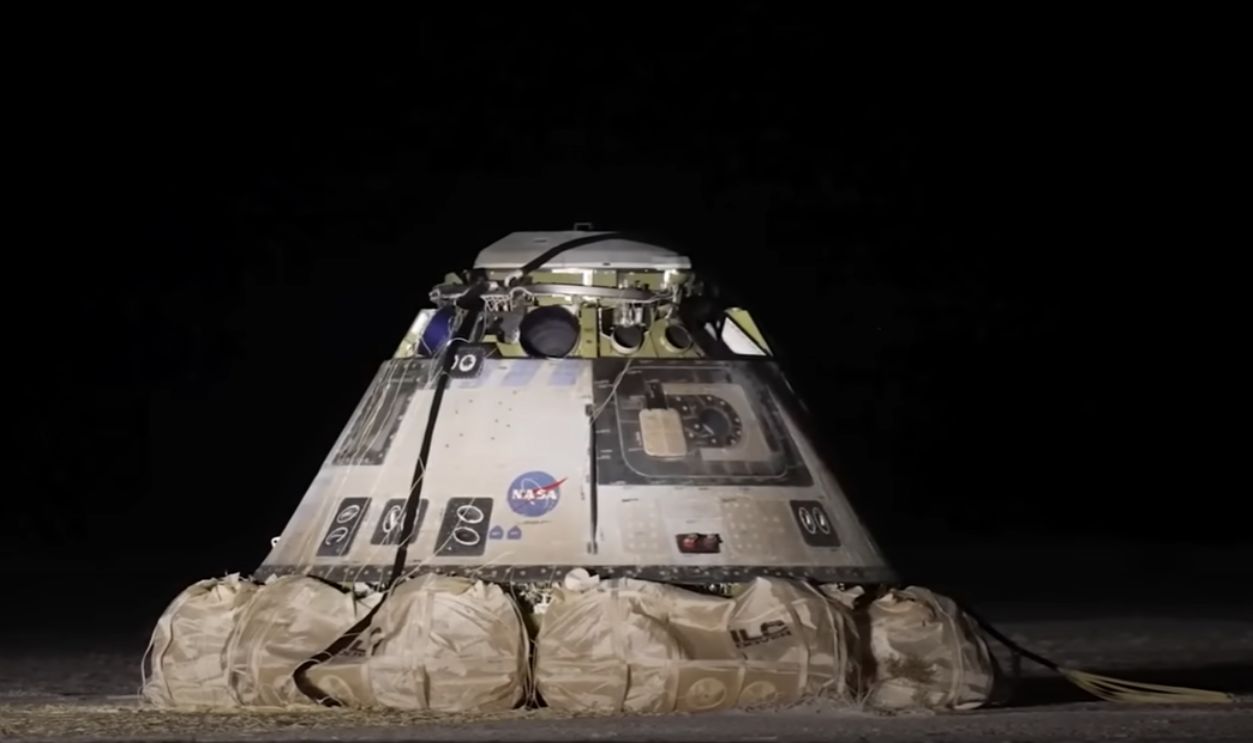 See the Starliner Flight Test Landing by Boeing
See the Starliner Flight Test Landing by Boeing
NASA Wouldn’t Take Any Risks
Since the mission didn’t go as planned, NASA wouldn’t risk getting the astronauts back in the same capsule. They landed safely the first time, but there was no guarantee that it could happen again. So, leaving them on the ISS was the best decision.
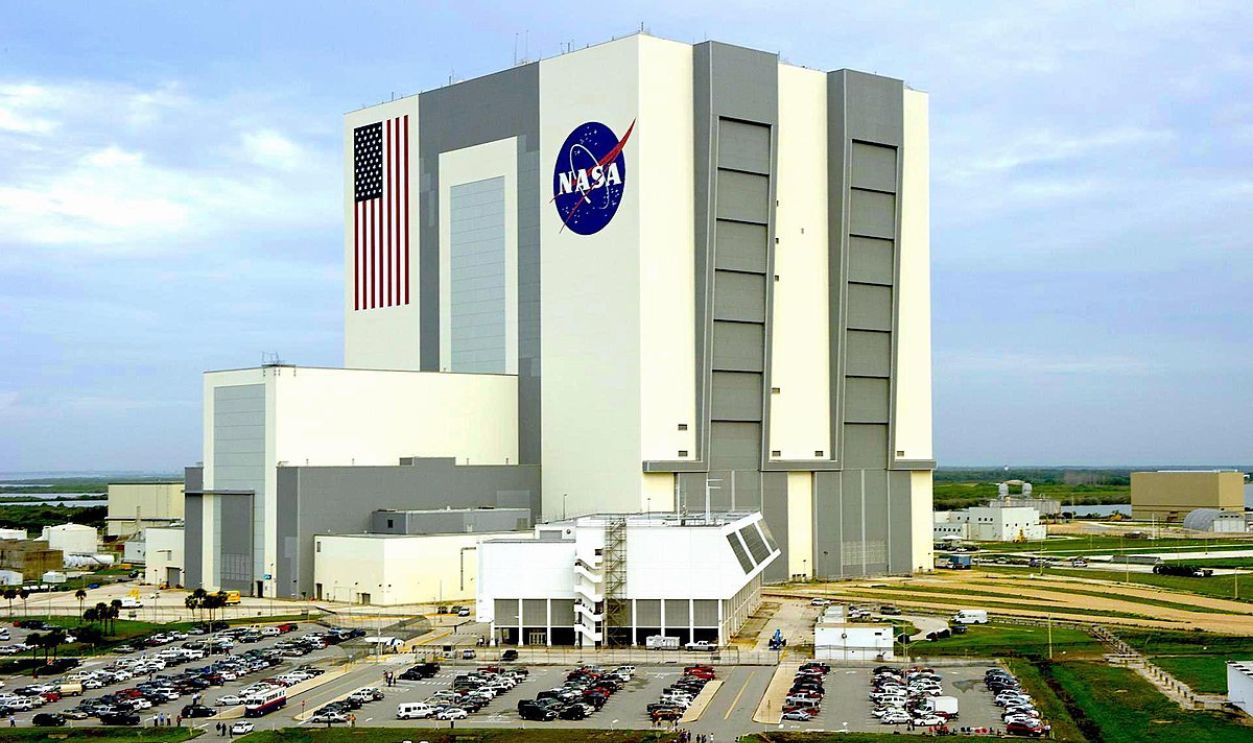 National Aeronautics and Space Administration, Wikimedia Commons
National Aeronautics and Space Administration, Wikimedia Commons
Meet The Astronaut Sunita Williams
Sunita "Suni" Williams, a seasoned NASA astronaut, has an impressive track record in space exploration. She joined NASA in 1998 after serving in the US Navy. Overall, Williams has already spent more than 320 days in space.
Her Partner Also Has An Impressive Record
Barry "Butch" Wilmore, also a veteran astronaut, became a part of NASA in 2000 following a career as a naval aviator. He has logged over 8,000 flight hours and has flown 21 combat missions during Operation Desert Storm. Prior to the Starliner mission, Wilmore had spent 178 days in space.
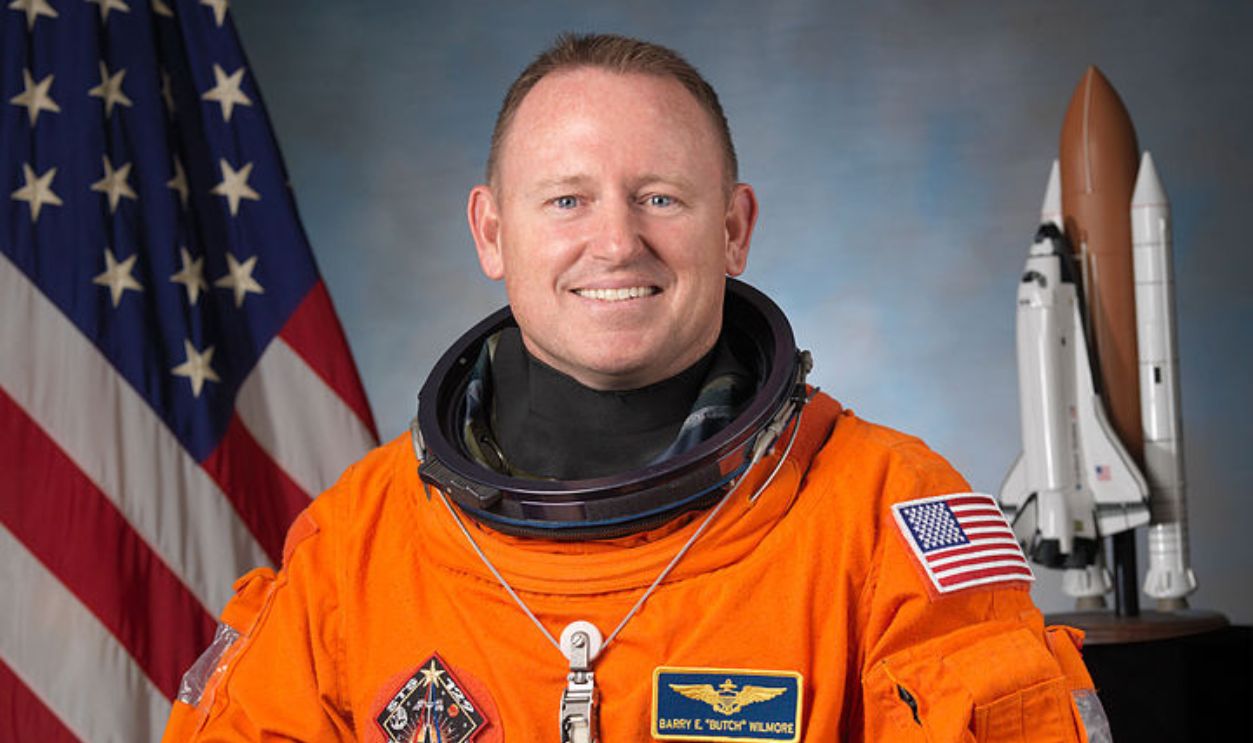 Bill Stafford, Wikimedia Commons
Bill Stafford, Wikimedia Commons
Combined Experience Could Save The Day
Together they contribute significantly to ongoing scientific research and maintenance aboard the ISS, while demonstrating that NASA’s new initiative is going in the right direction. Moreover, their experience and previous training has been proven monumental to handling this unexpected turn of events.
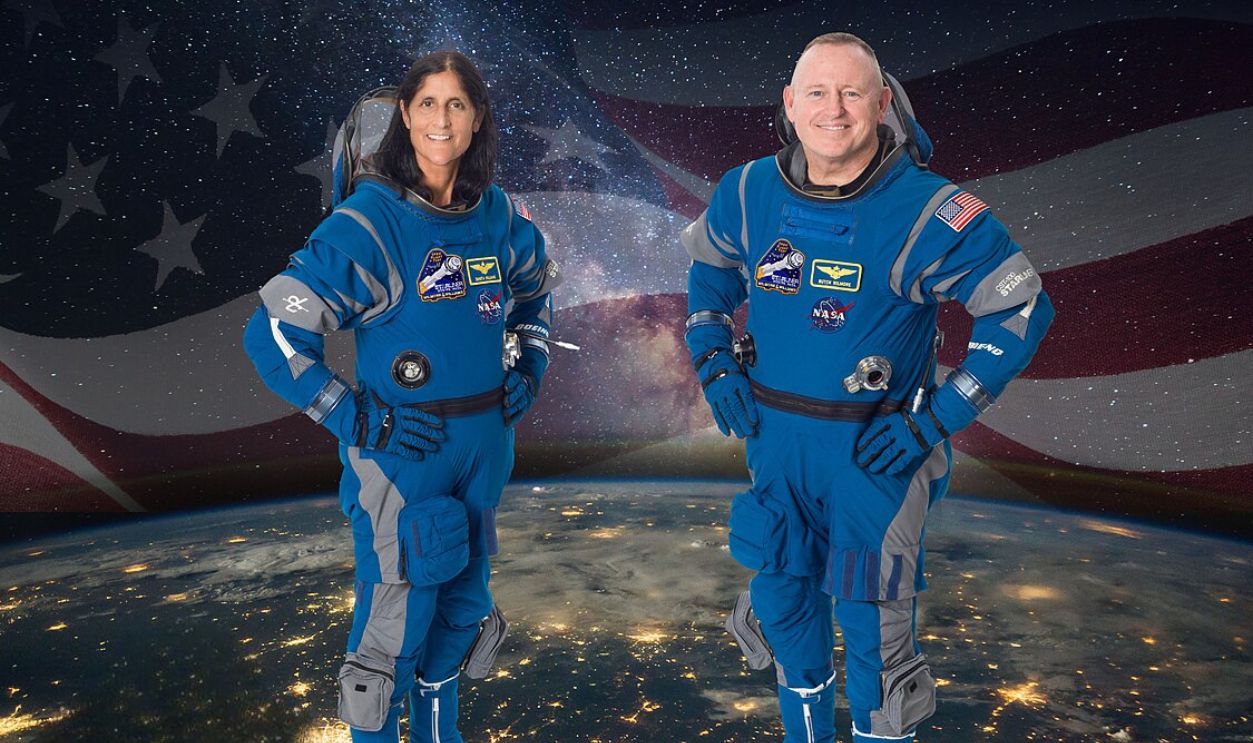 NASA Kennedy Space Center, NASA, JSC, Wikimedia Commons
NASA Kennedy Space Center, NASA, JSC, Wikimedia Commons
This Is Not A Usual Incident
According to the New York Post, most space missions last about six months. As a result, this extended trip isn’t the norm for those who visit the ISS. NASA could have assigned an emergency capsule launch but it opted for ordering a new one to avoid scheduling conflicts.
But They Aren’t Alone
The good news is that Williams and Wilmore aren’t all by themselves. The crew of the ISS is with them to help them overcome the challenges imposed by their unusual situation. Alexey Ovchinin has been out there for the longest duration as of December 2024.
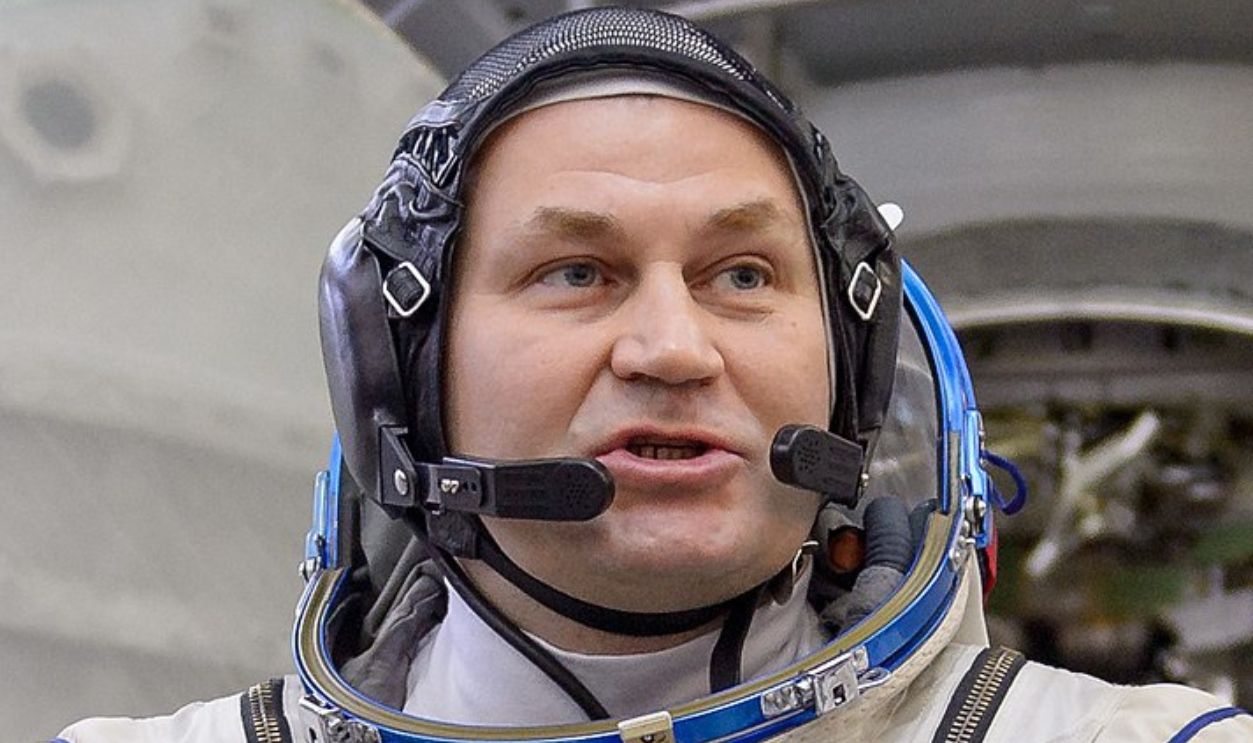 Bill Ingalls, Wikimedia Commons
Bill Ingalls, Wikimedia Commons
And They Are Part Of A Bigger Mission
While on the ISS, Williams and Wilmore are helping the crew with necessary maintenance tasks. They also conduct scientific experiments to help their colleagues. Upon their return, their bodies will probably be studied to test the effect of extended space travel on humans.
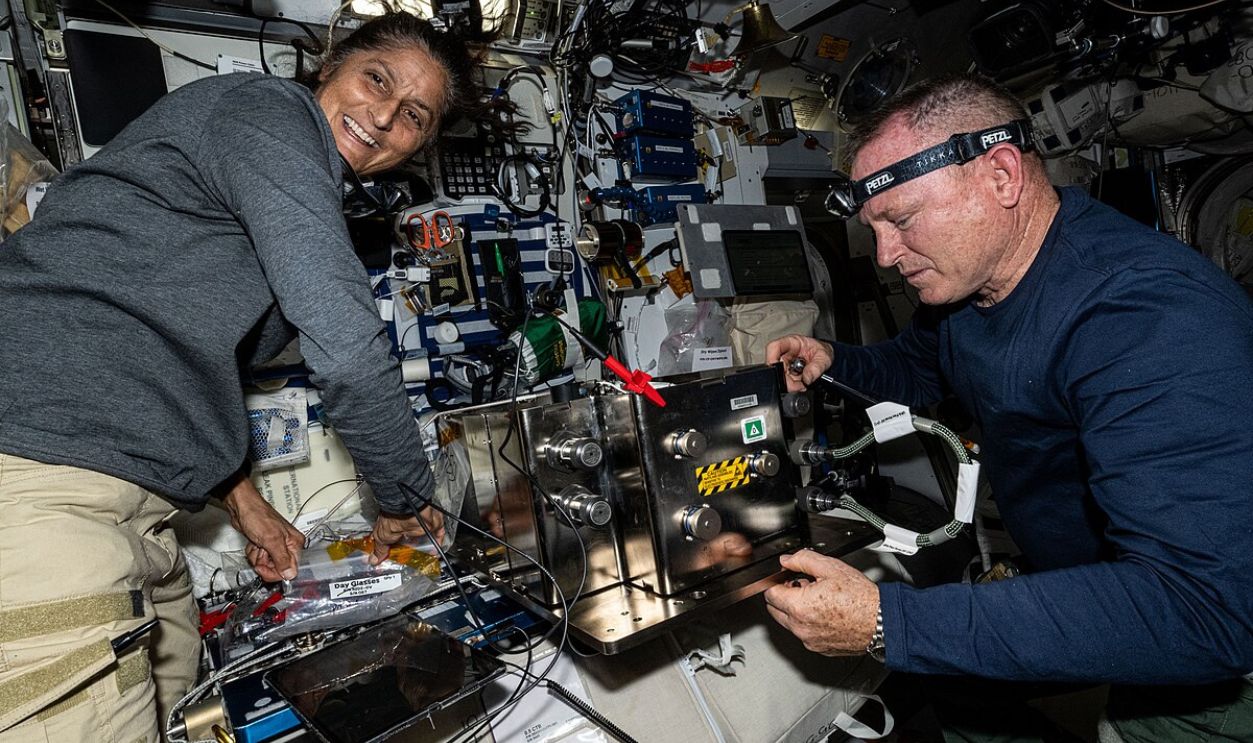 NASA Johnson Space Center, Wikimedia Commons
NASA Johnson Space Center, Wikimedia Commons
So, When Are They Coming Back?
After the uncrewed return of Starliner in September 2024, plans were made to bring the astronauts back to Earth aboard a SpaceX Crew Dragon capsule. The return was initially slated for February 2025. Nevertheless, more delays would be on the way.
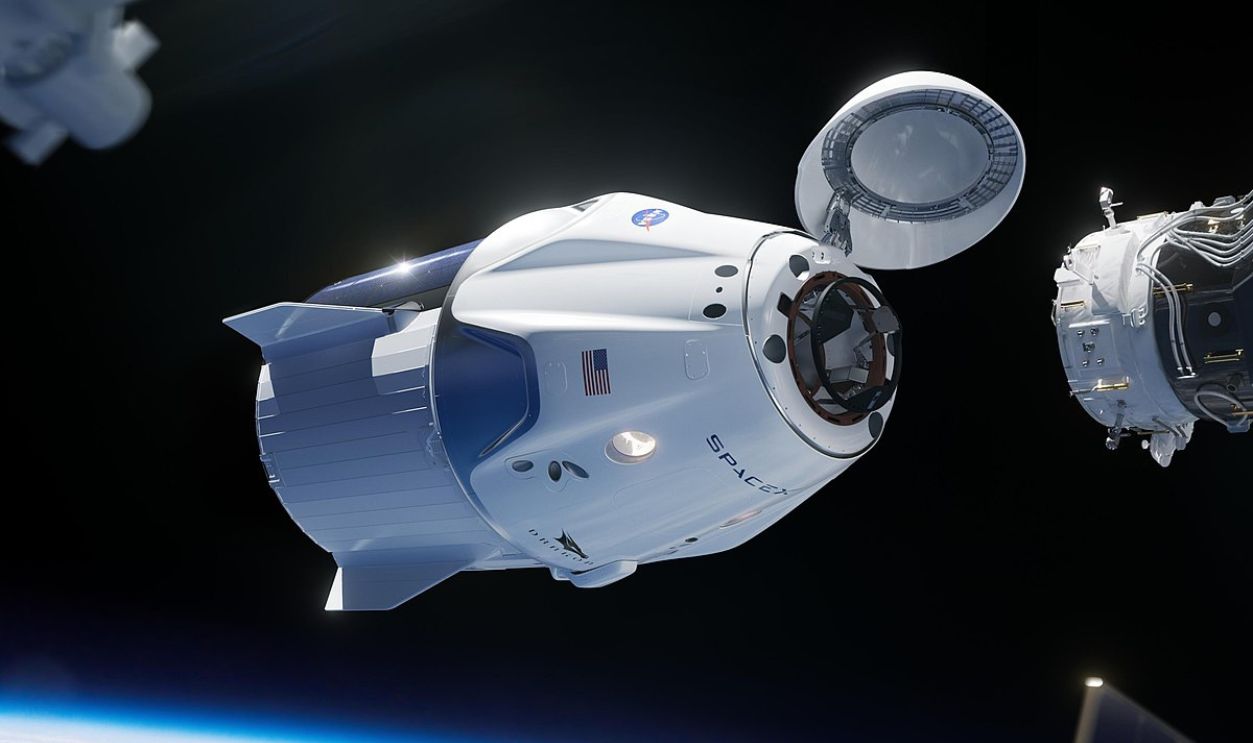 NASA, SpaceX, Wikimedia Commons
NASA, SpaceX, Wikimedia Commons
They Would Stay Longer
NASA announced that the Crew-10 mission, responsible for bringing the astronauts home, has been rescheduled to no earlier than late March 2025. This time, SpaceX would offer the new Dragon spacecraft to bring the stranded astronauts home.
A Delay Isn’t Always A Bad Thing
This delay gives NASA and SpaceX additional time to complete processing on a new Dragon spacecraft designated for the mission. Despite the negative aspect of the delay, this ensures that the new spacecraft will be free of the technical issues that caused the first mission to struggle.
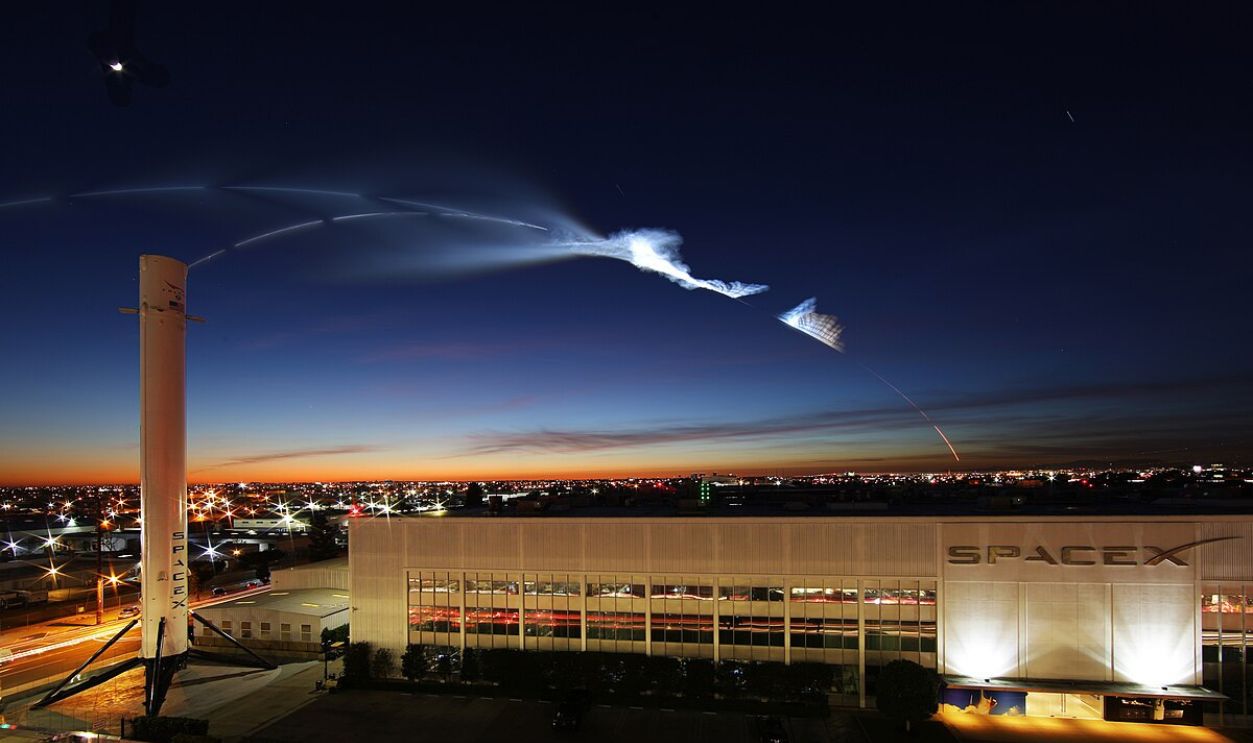 Official SpaceX Photos, CC0, Wikimedia Commons
Official SpaceX Photos, CC0, Wikimedia Commons
And They Tell Everyone They Are Fine
Many pictures circulated of the two astronauts while they were working with the crew and preparing food. These images can help their loved ones rest assured they are fine. Moreover, they show that being stranded in space isn’t the end of the world.
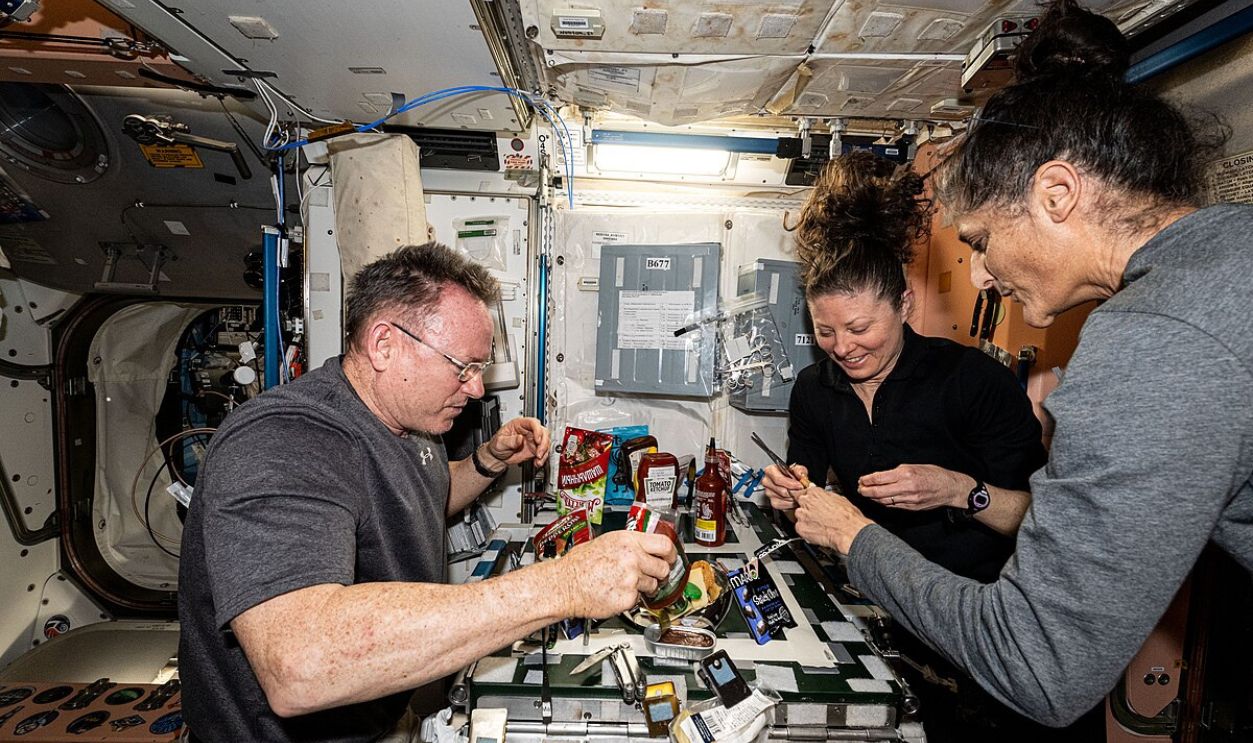 NASA Johnson Space Center, Wikimedia Commons
NASA Johnson Space Center, Wikimedia Commons
Lessons Learned
The challenges encountered during this mission have provided valuable insights for NASA, Boeing, and the broader aerospace community. We can expect that those in charge will do their best to ensure no one will ever have to deal with this situation.
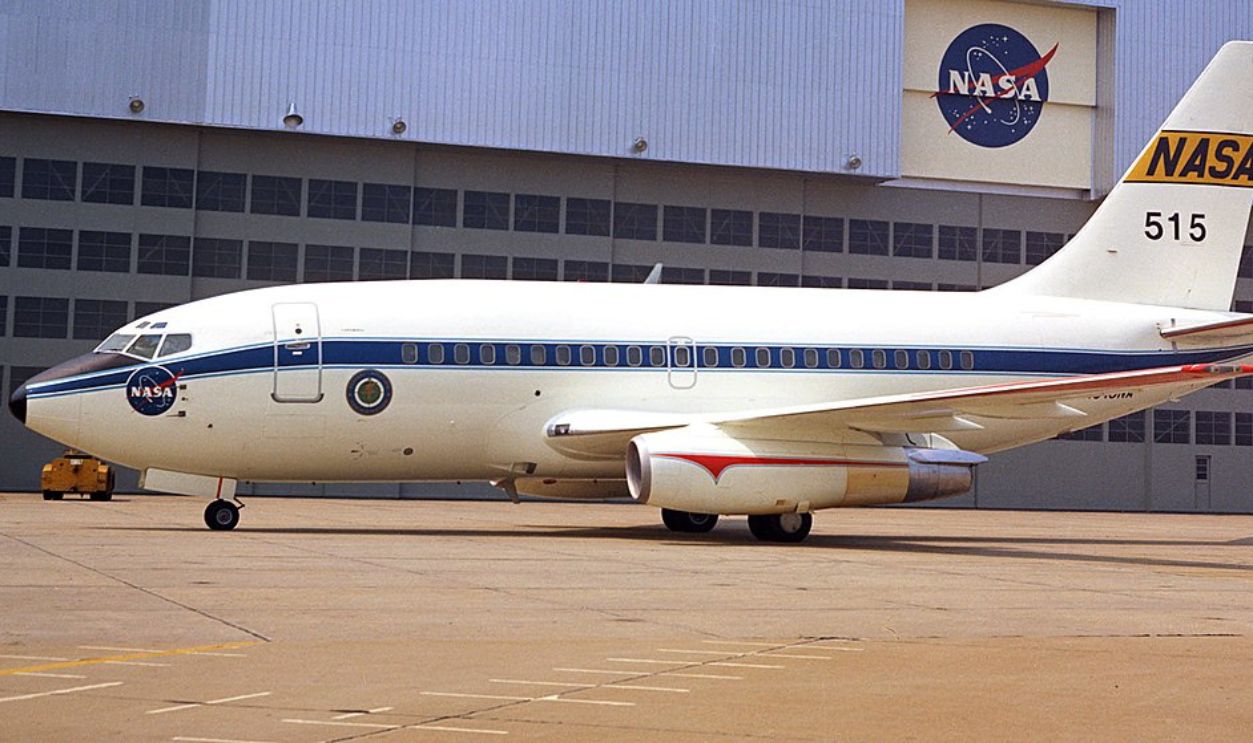 Unknown Author, Wikimedia Commons
Unknown Author, Wikimedia Commons
Have Astronauts Been Stranded In Space Before?
The situation is not unprecedented. For example, in 1985, a malfunction delayed the return of the Space Shuttle Challenger by several days. More recently, in 2023, astronaut Frank Rubio and two Russian cosmonauts spent an unexpected year aboard the ISS after their Soyuz spacecraft was damaged.
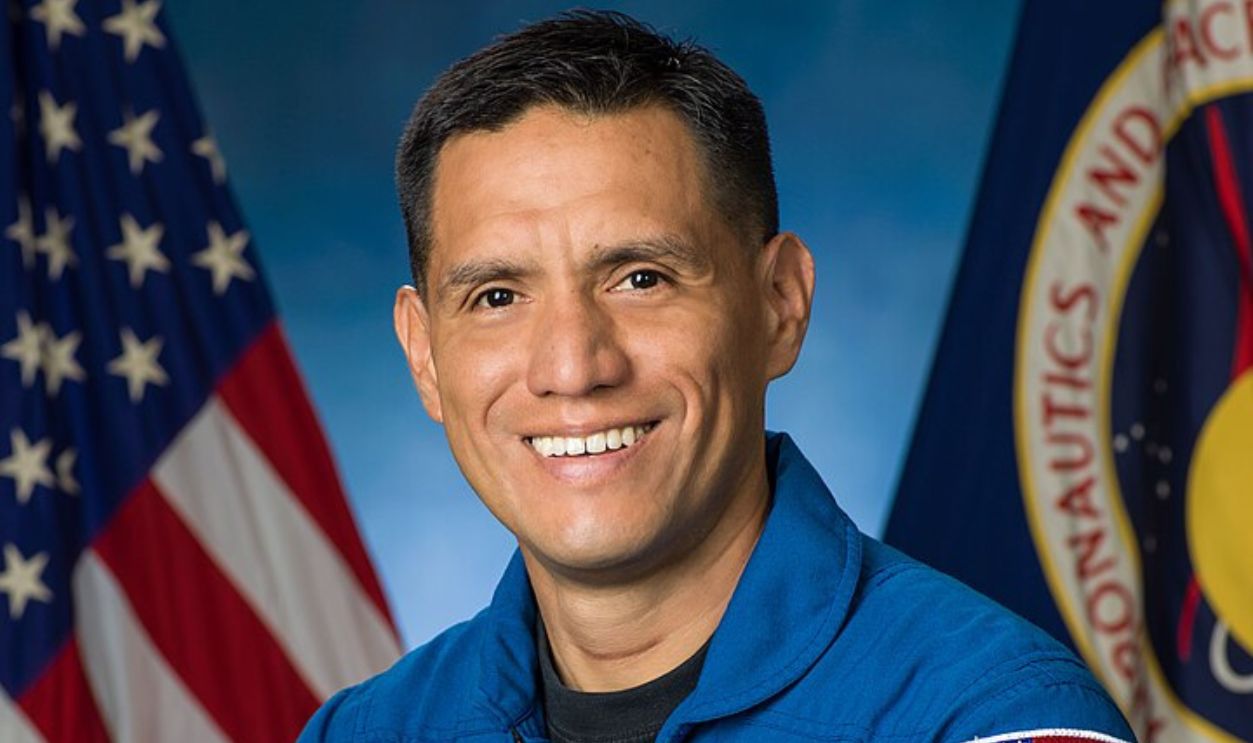 Bill Stafford, Wikimedia Commons
Bill Stafford, Wikimedia Commons
Testing Is Everything
Nobody can confirm if the delay happened due to an unexpected malfunction or carelessness. This perfectly aligns with the complexities of spacecraft development and the importance of rigorous testing. At the same time, this extended stay highlighted the necessity for flexibility and resilience in mission planning and execution.
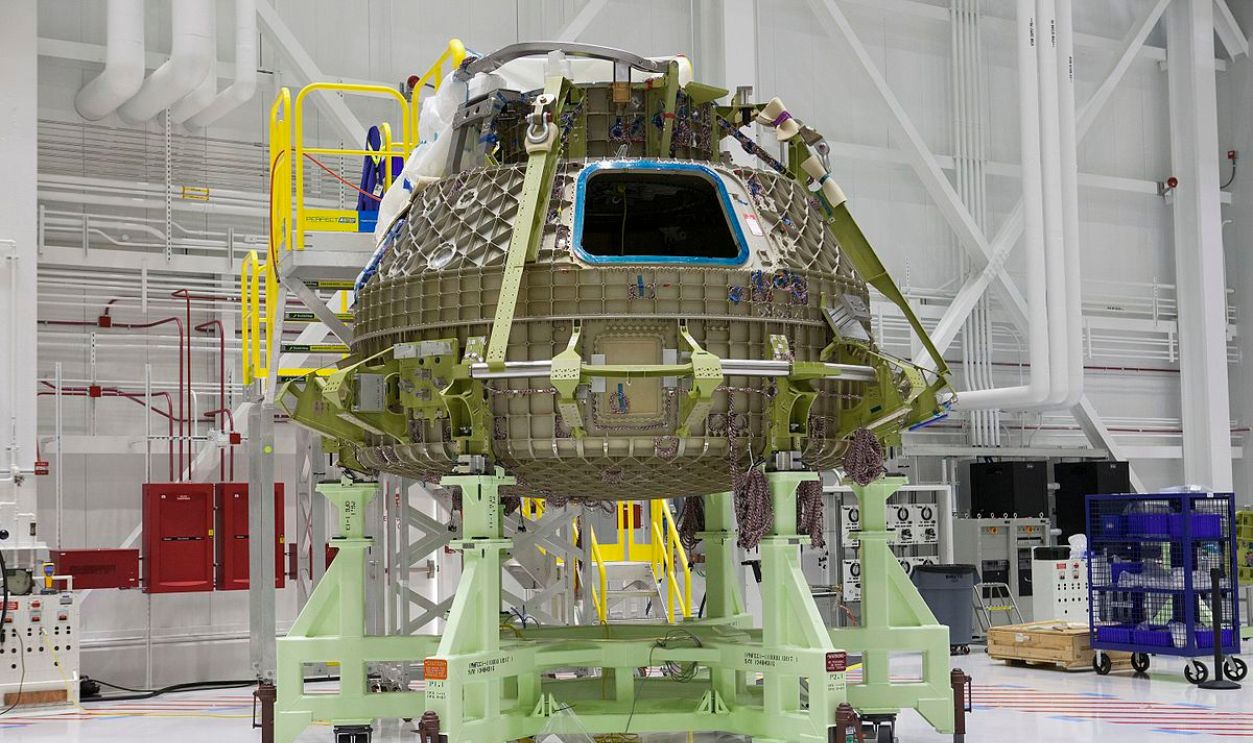 Kim Shiflett, Wikimedia Commons
Kim Shiflett, Wikimedia Commons

